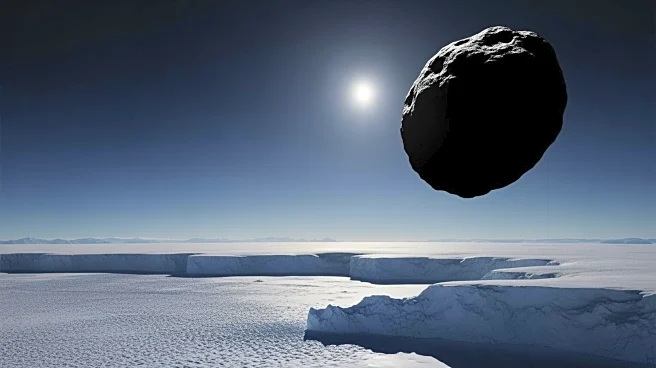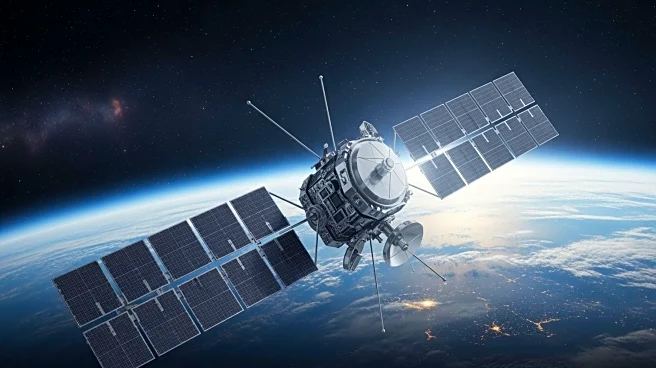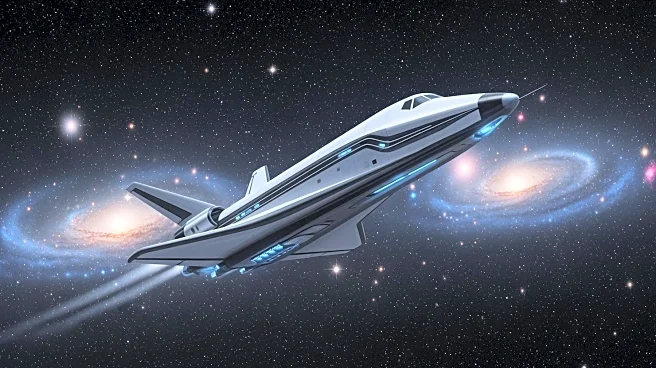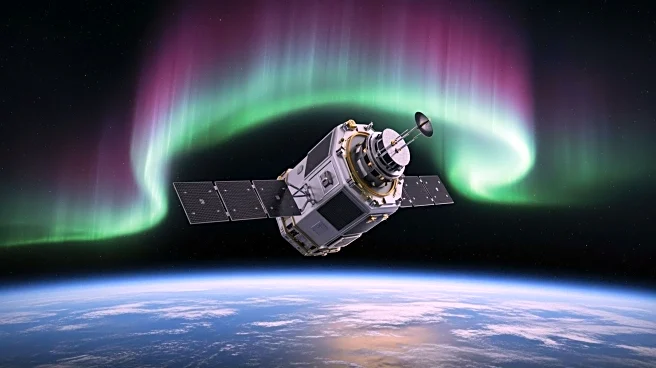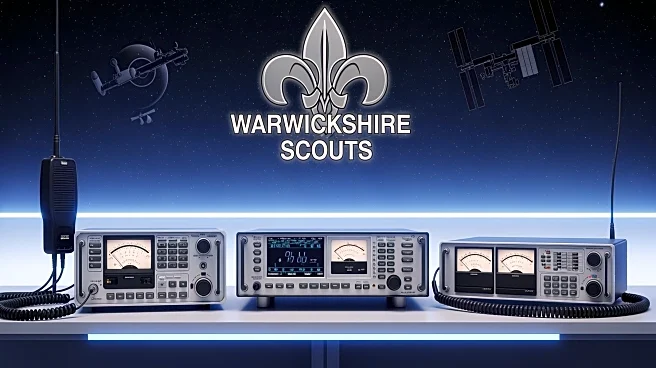What's Happening?
On October 1, 2025, a small asteroid named 2025 TF passed over Antarctica at an altitude of 266 miles, similar to the orbit of the International Space Station. The asteroid, measuring 3 to 10 feet wide,
posed no serious danger to Earth. It was first detected by the Catalina Sky Survey and confirmed by other observatories. The asteroid's close pass serves as a reminder of the numerous small objects that evade detection until they are very close to Earth.
Why It's Important?
The event highlights the challenges in detecting small asteroids and the importance of maintaining and improving surveillance systems to track near-Earth objects. It underscores the need for international collaboration in monitoring space for potential threats and advancing technology to enhance early detection capabilities. The incident also serves as a success story for the coordination between observatories and the rapid response to track the asteroid's path.
What's Next?
The scientific community will continue to refine models and improve detection systems to better anticipate and track small asteroids. Efforts will focus on expanding early detection capabilities and enhancing global networks for rapid response and data sharing. The event may prompt discussions on increasing funding and resources for asteroid monitoring programs.
Beyond the Headlines
The close pass of 2025 TF serves as a reminder of the vastness of space and the potential risks posed by small asteroids. It highlights the importance of public awareness and education regarding space threats and the role of science in safeguarding Earth.


